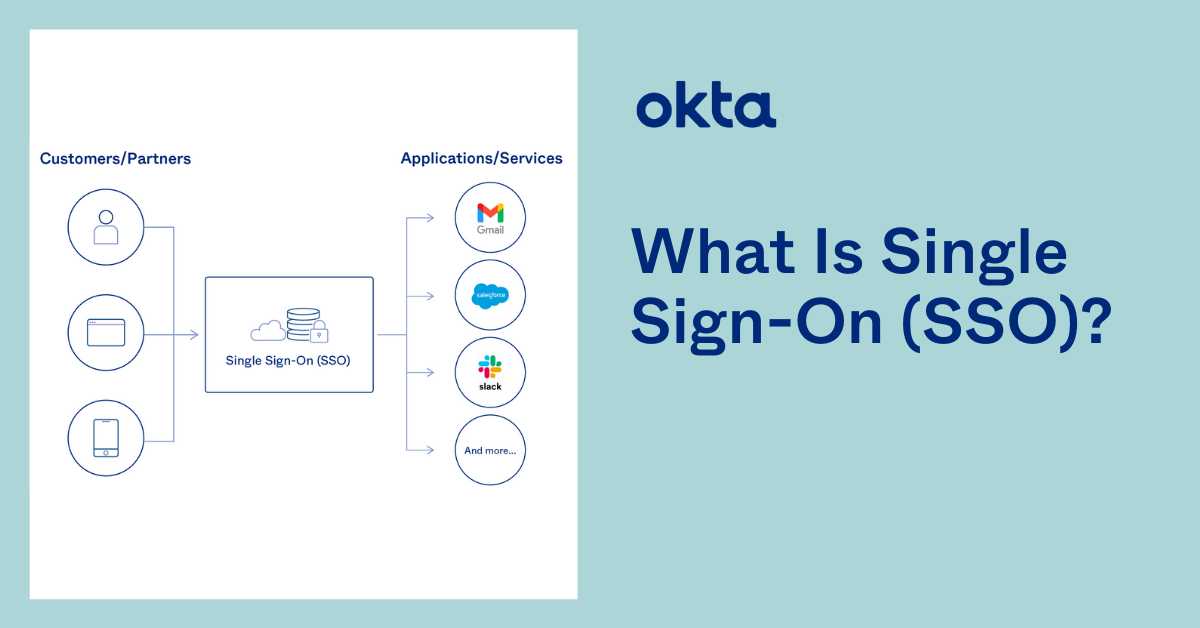In today's digital landscape, organizations grapple with managing multiple applications, platforms, and services. With the proliferation of digital tools, ensuring secure and efficient access has become paramount. Enter the Single Sign-On (SSO) portal—a solution designed to simplify authentication processes while bolstering security. This article delves into the essence of SSO portals, their benefits, implementation strategies, and potential challenges.
What is Single Sign-On (SSO)?
Single Sign-On (SSO) is an authentication method that allows users to access multiple applications or services with a single set of login credentials. Instead of juggling numerous usernames and passwords, users authenticate once and gain entry to a suite of interconnected systems. The SSO portal serves as the gateway, orchestrating this seamless access.
Benefits of Using an SSO Portal
Enhanced User Experience: Requiring only one login reduces the cognitive load on users. They no longer need to remember multiple passwords or endure repetitive login processes, leading to increased productivity and satisfaction.
Improved Security: Contrary to intuition, consolidating access can bolster security. By centralizing authentication, organizations can enforce stringent security measures, such as multi-factor authentication (MFA), more effectively. Additionally, reducing password fatigue minimizes the risk of users adopting insecure password practices.
Streamlined IT Management: For IT departments, SSO simplifies user management. Provisioning and deprovisioning access becomes more straightforward, reducing administrative overhead and potential security vulnerabilities.
Reduced Helpdesk Queries: Password-related issues often dominate helpdesk tickets. By minimizing the number of passwords users manage, organizations can expect a decline in related support requests, saving time and resources.
Compliance and Monitoring: Centralized authentication facilitates better monitoring of user activities. Organizations can more easily track access patterns, aiding in compliance with regulations like GDPR or HIPAA.
Implementing an SSO Portal
Assess Organizational Needs: Before diving into implementation, organizations should evaluate their specific requirements. This includes identifying which applications need integration, understanding user demographics, and gauging security needs.
Choose the Right SSO Solution: Numerous SSO solutions exist, ranging from open-source platforms to enterprise-grade offerings. Factors like scalability, compatibility, security features, and cost should influence the selection.
Integration with Existing Systems: The chosen SSO portal must seamlessly integrate with current applications. This might involve leveraging standards like SAML (Security Assertion Markup Language), OAuth, or OpenID Connect.
Implement Security Measures: While SSO enhances convenience, it's crucial to fortify security. Integrating MFA, setting up stringent password policies, and ensuring regular audits are vital steps.
User Training and Communication: Transitioning to an SSO system can be disruptive if not managed properly. Clear communication about the benefits, changes, and any required actions ensures smoother adoption.
Continuous Monitoring and Maintenance: Post-implementation, continuous monitoring ensures the system operates optimally. Regular updates, security patches, and feedback mechanisms help in maintaining efficacy.
Challenges and Considerations
Single Point of Failure: While SSO centralizes authentication, it also means that if the SSO system fails, users might lose access to all connected applications. Ensuring redundancy and robust infrastructure is essential.
Complex Integration: Not all applications might support standard authentication protocols, making integration challenging. Custom solutions or middleware might be necessary.
Security Concerns: If compromised, an SSO account can grant unauthorized access to multiple systems. Therefore, ensuring top-notch security measures is non-negotiable.
Cost Implications: Depending on the chosen solution, implementing an SSO portal can be costly. Organizations need to weigh the benefits against the financial investment.

Conclusion
In an era where digital tools are integral to organizational operations, managing access efficiently and securely is crucial. SSO portals emerge as a potent solution, offering a blend of convenience and security. While challenges exist, with meticulous planning and implementation, organizations can harness the full potential of SSO, paving the way for streamlined operations and enhanced user experiences.








